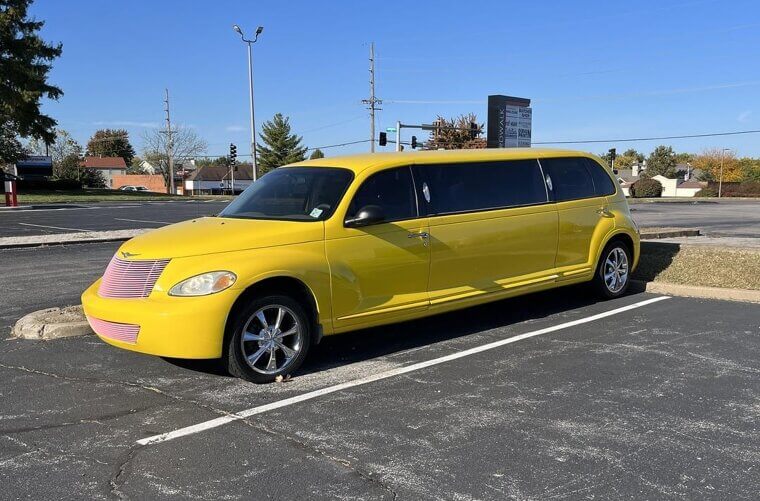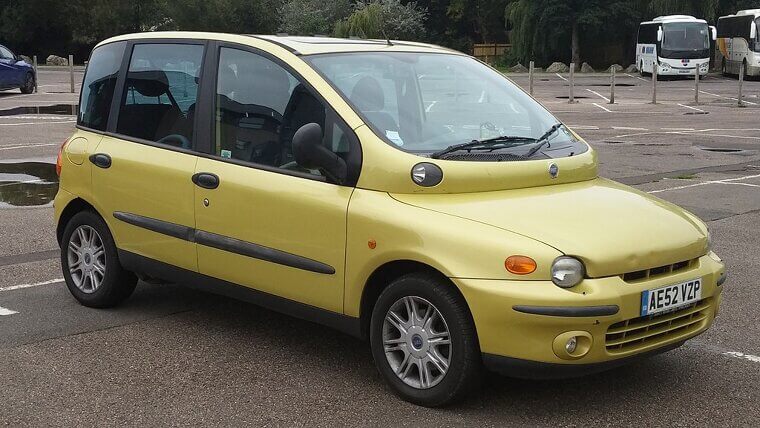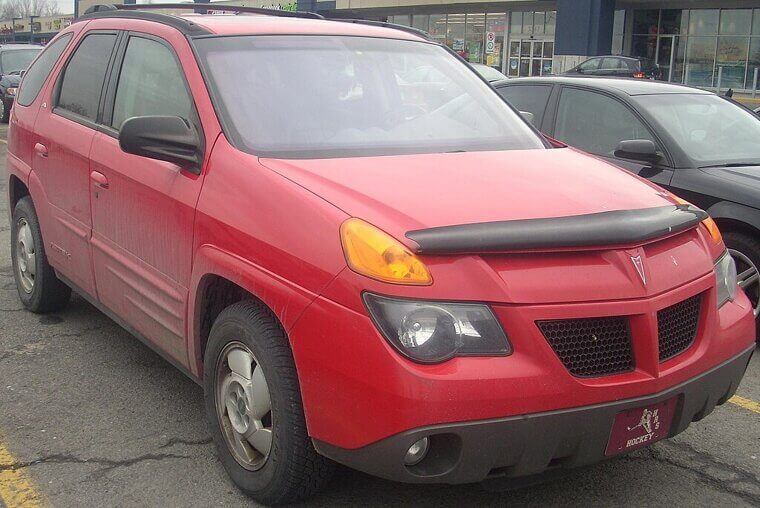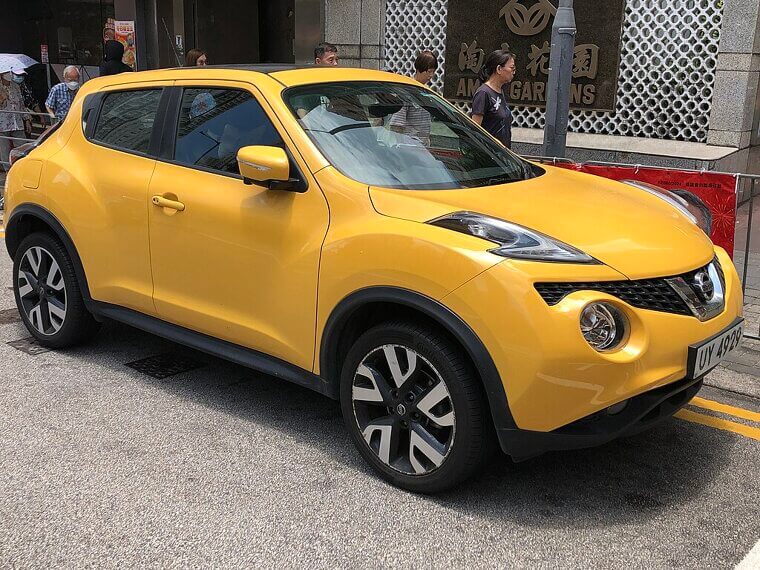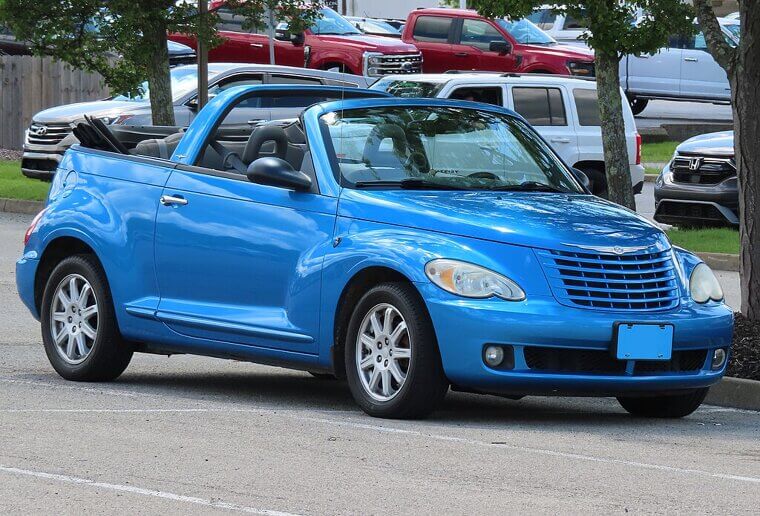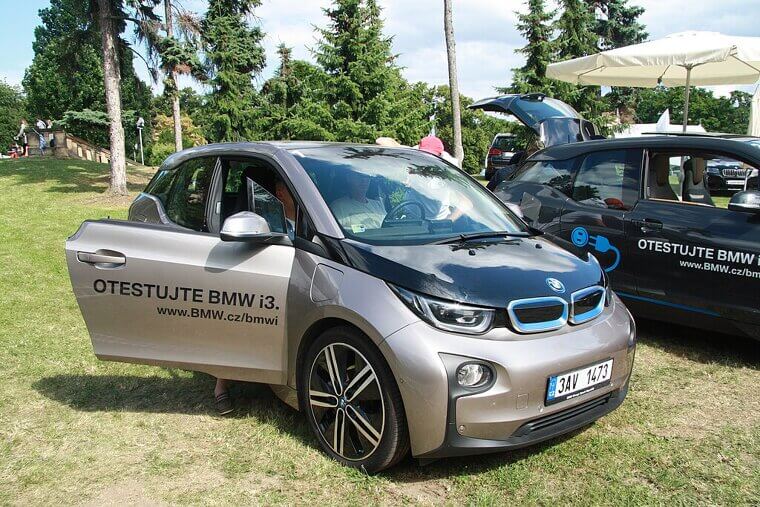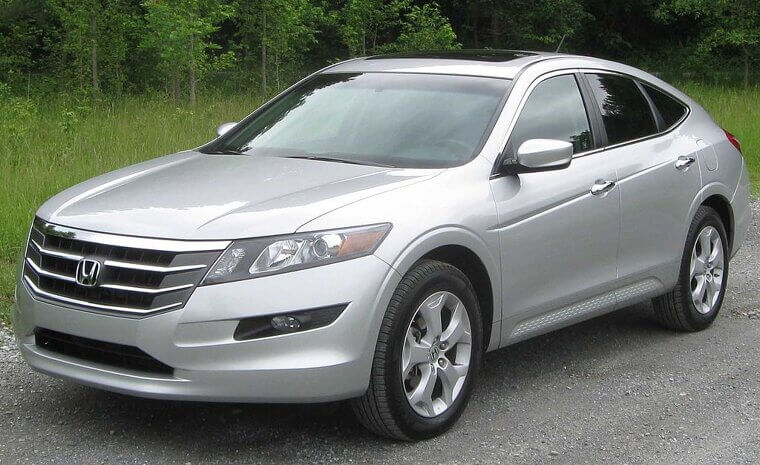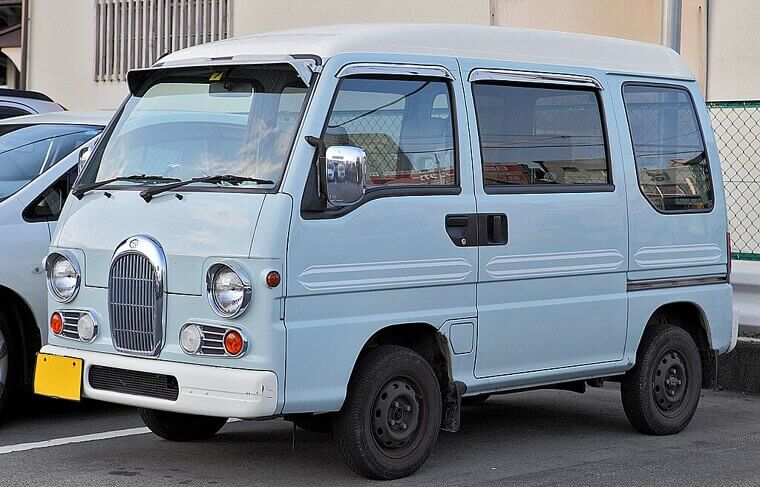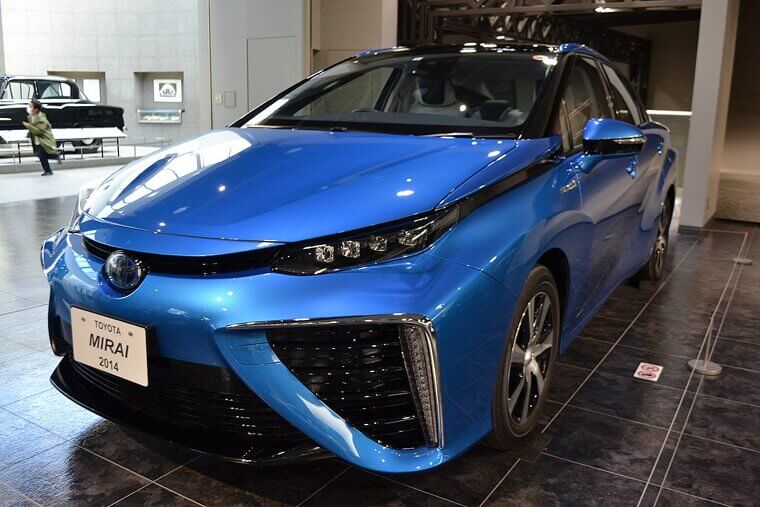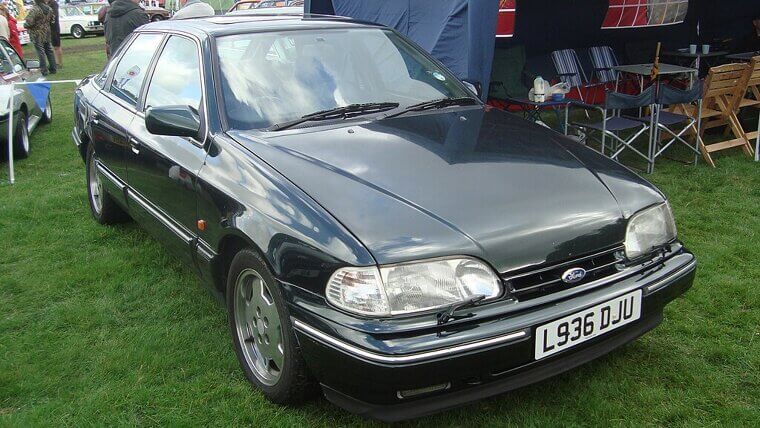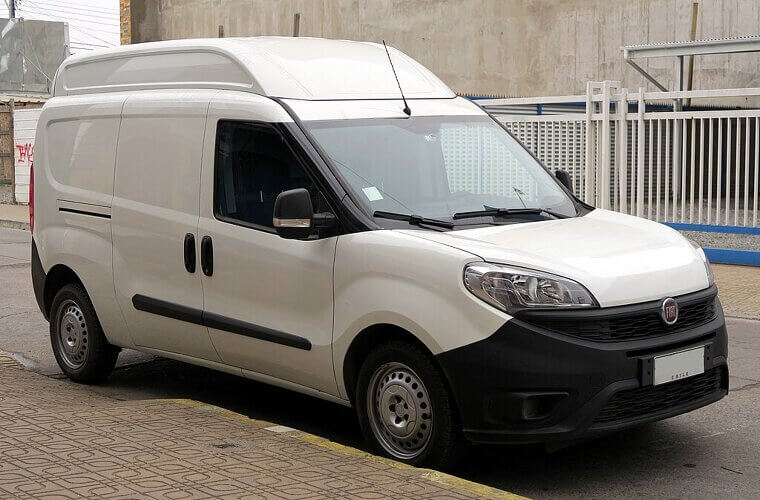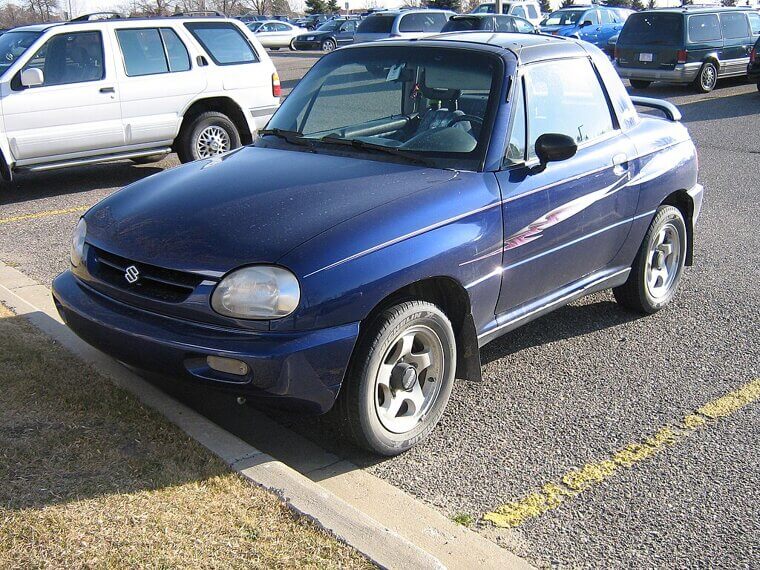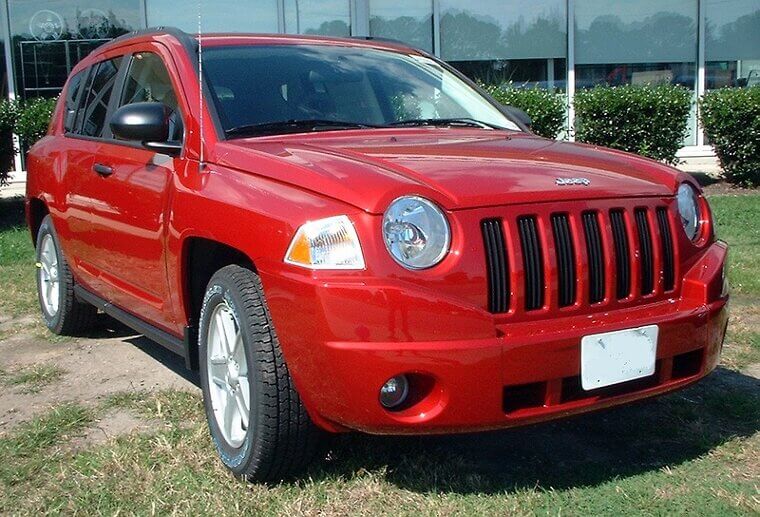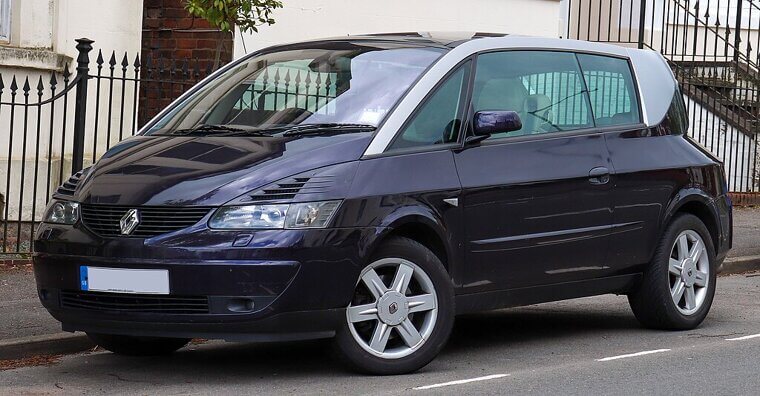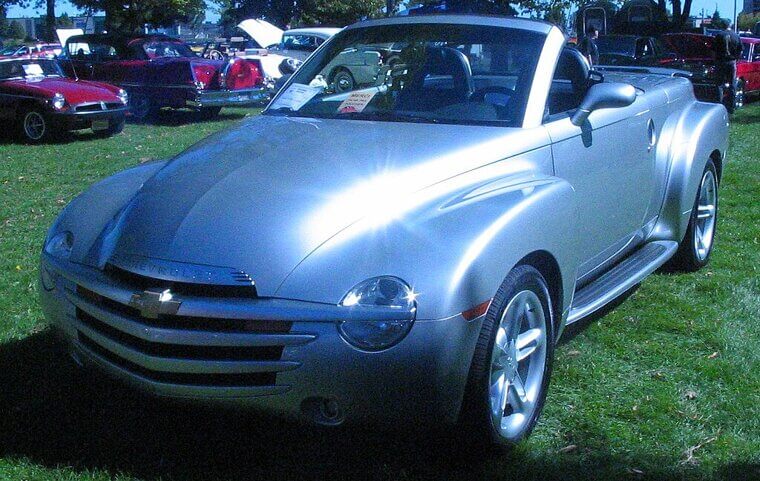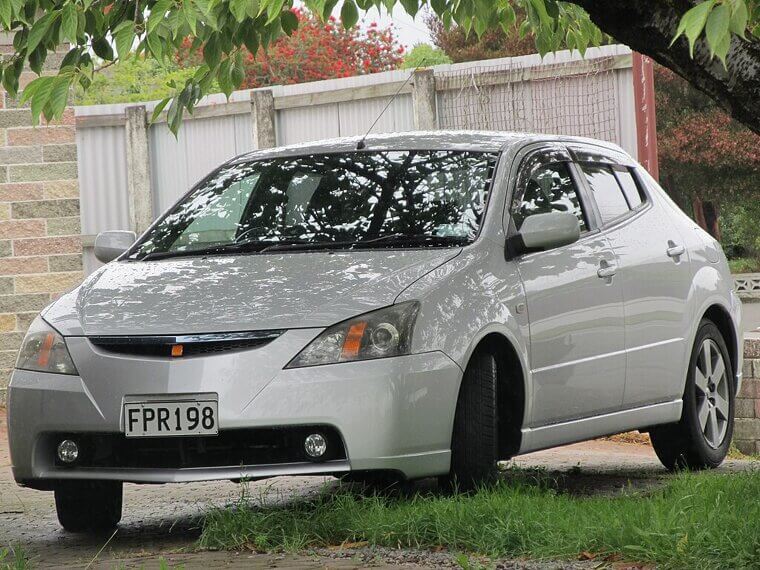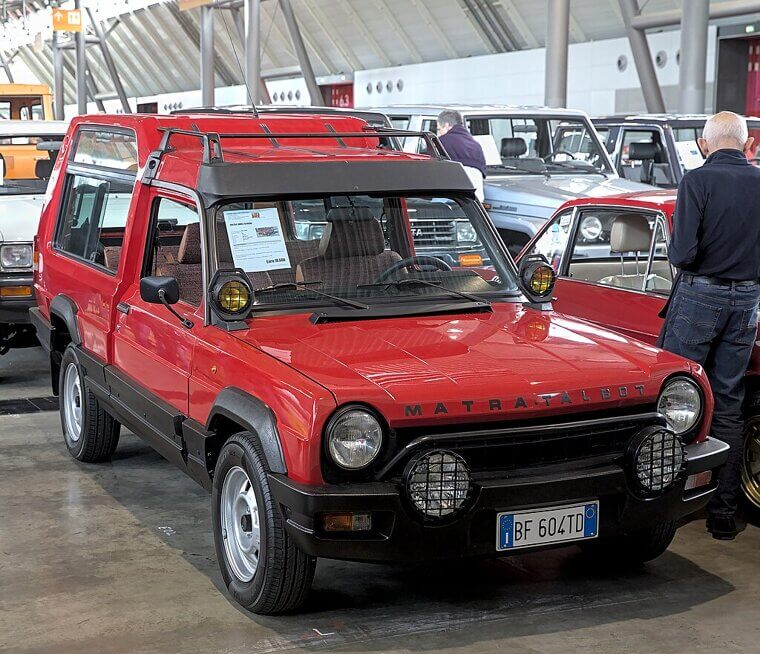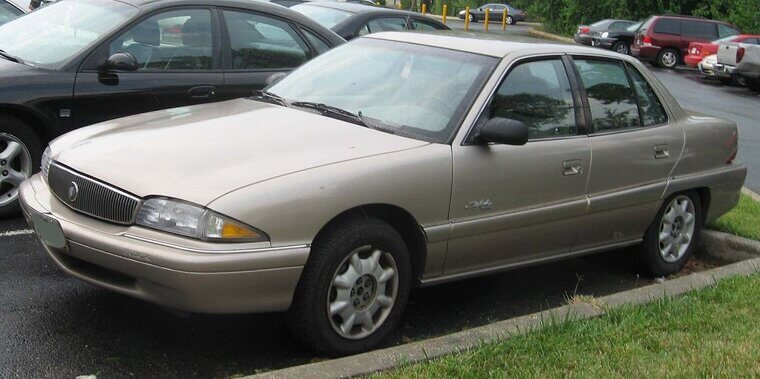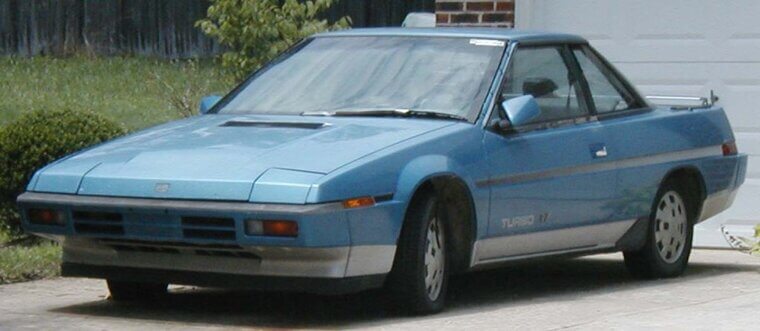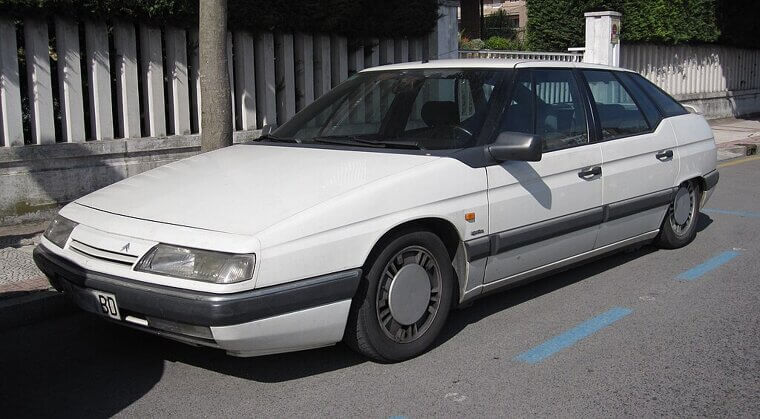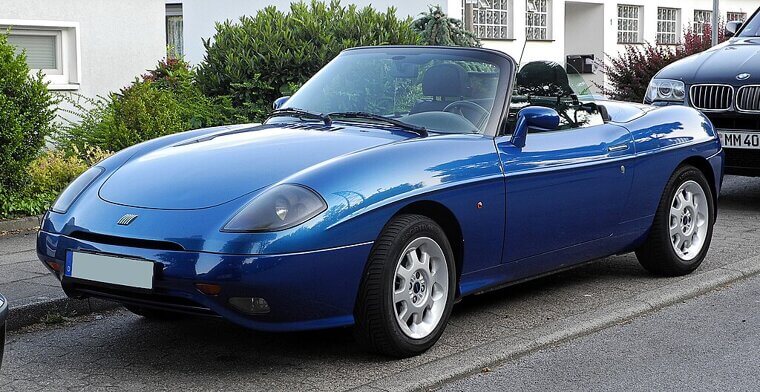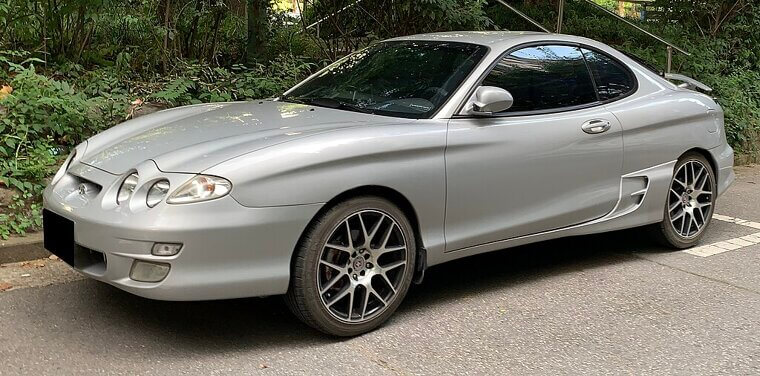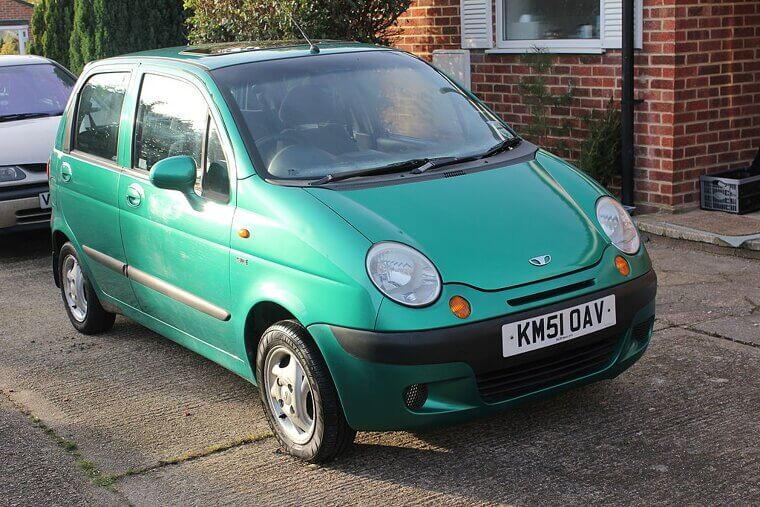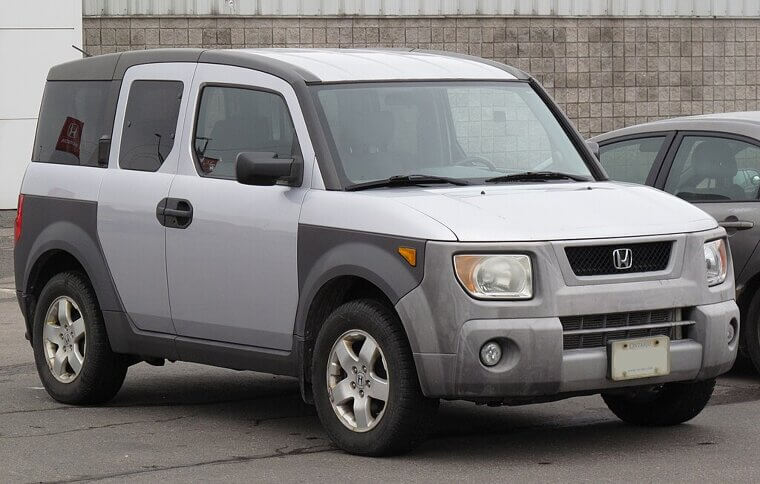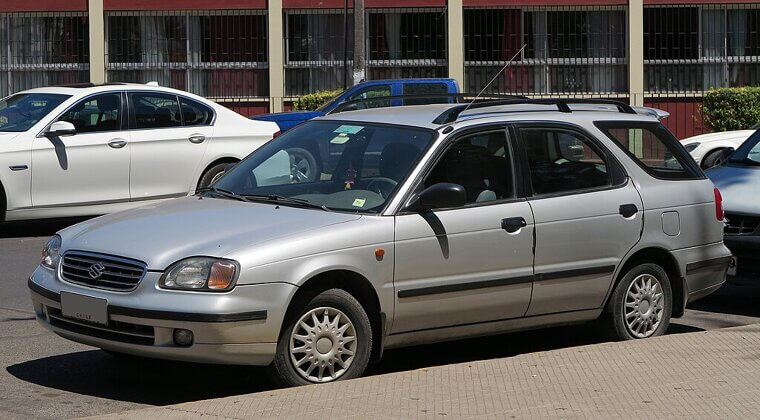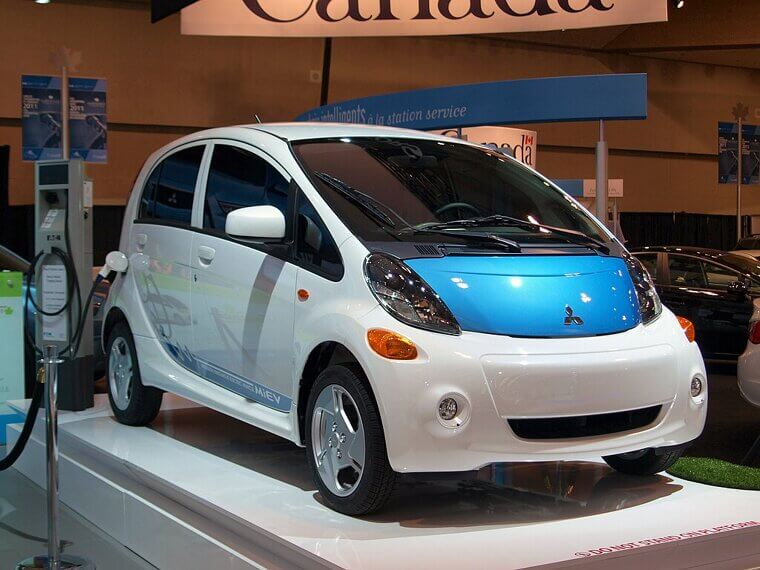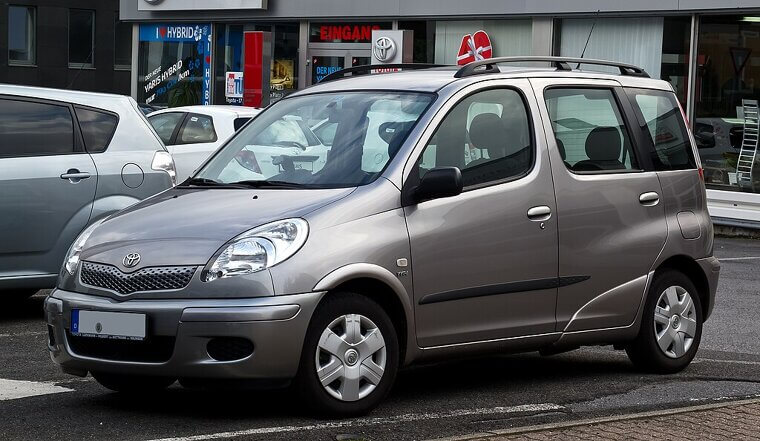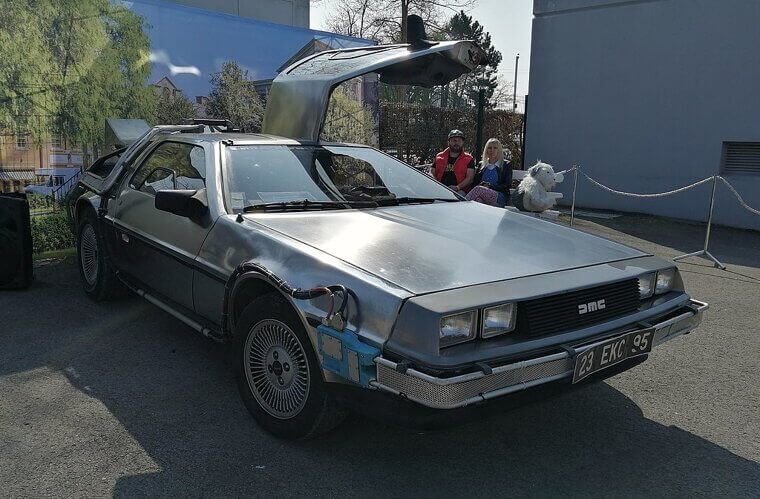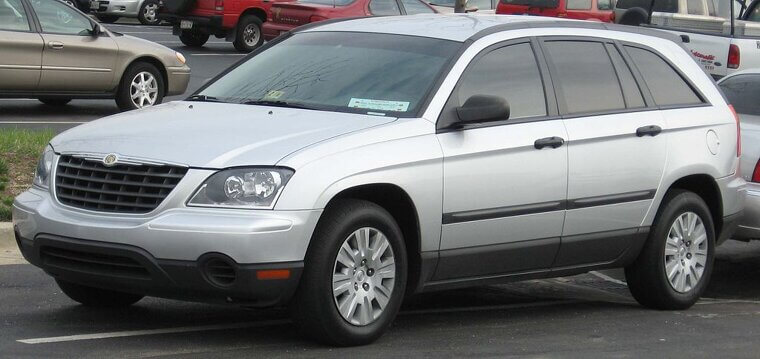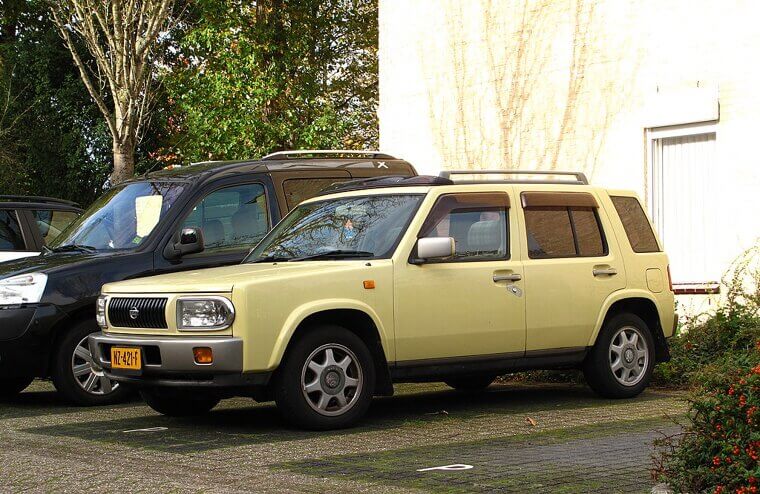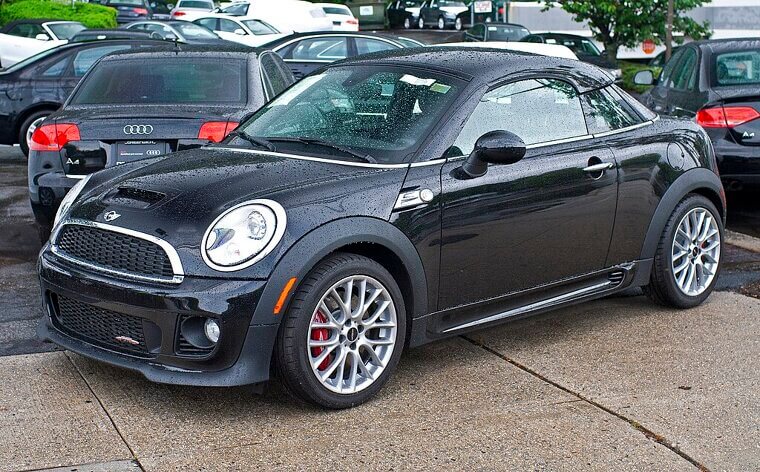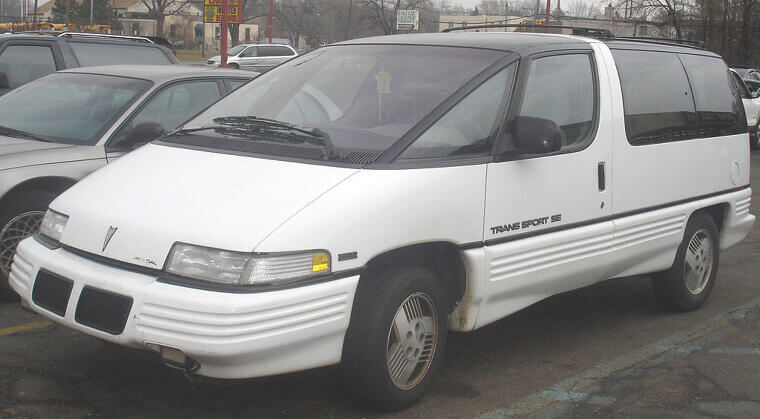Cars That Turned Heads but Not in a Good Way
Some cars are beautiful. Some are bold. And then there are the design misfires that make you do a double take, squint, and ask, “What were they thinking?” Whether born from ambition, experimentation, or sheer confusion, these are the cars that left style spinning its wheels.
2002 Fiat Multipla (1998–2010)
Ah, the Fiat Multipla - blessed with a forehead so mighty, it looks like it stores family secrets. The stacked headlight arrangement and bulbous windshield make it look like a car designed by committee and compromised by every member. It’s functional, but no one ever bought it for its looks.
1999 Pontiac Aztek (2001–2005)
If the Aztek was pitched as a futuristic concept that never made it to production, it might’ve been forgiven. But no, Pontiac went full send. The jagged lines, oversized cladding, and squished rear made it look like a sci-fi villain’s ride. It’s become a cult classic, but for all the wrong reasons.
2015 Nissan Juke (2010–2019)
The Juke looks like it’s wearing eyes on its forehead, and its top-heavy design and frog-like features made it a head-turner… in the same way a traffic accident is. Despite its quirky personality and fun handling, its weird stare left many wondering if it was secretly judging you.
2004 Chrysler PT Cruiser Convertible (2005–2008)
Take a car already fighting for aesthetic redemption, then chop off the roof and add a goofy-looking rear hump. Voilà: the PT Cruiser Convertible. It was retro-inspired, but not in the way people wanted. It looked like it was designed during a power outage and approved during a dare.
2014 BMW I3 (2013–2022)
BMW aimed for futuristic, but the i3 ended up looking like a robot that’s just seen a ghost. With its tall, narrow body and contrasting color panels, it gave off golf cart vibes more than luxury EV ones. It may be clever and eco-friendly, but stylish? Not in this timeline.
2002 Isuzu VehiCROSS (1997–2001)
The VehiCROSS had a comic book aesthetic - and not in the cool, Batmobile kind of way. With its chunky cladding, squished rear, and oddly muscular stance, it was half off-roader, half space beetle. It tried to be rugged and sporty, but ended up just plain weird.
2010 Honda Crosstour (2010–2015)
The Crosstour’s design seemed to ask, “What if a sedan and SUV had a really awkward baby?” With its hunchback silhouette and heavy rear end, it looked like a fastback that gave up halfway through. It was practical, but fell from the ugly tree.
1990 Subaru Sambar Dias Classic (1990–1998)
This microvan wanted to channel vintage charm with its round headlights and mini-grille, but it ended up like a shrunken London bus. Adorable to some, bizarre to most, it belonged in a cartoon rather than your driveway.
2012 Toyota Mirai (2014–2020)
Hydrogen-powered and future-focused, the first-gen Mirai was sadly not future-proofed in the looks department. It had a melting face, and the rear styling had more creases than an origami workshop. It was revolutionary tech wrapped in an unfortunate shell.
2001 Ford Scorpio (1994–1998, Second Gen)
With headlights that resembled someone who smeared their eyeliner mid-cry, the second-gen Scorpio was one emotional design. Its rounded, buggy features gave it a fishy front and a bloated rear, making it a lesson in how not to go “modern” in the ’90s.
2017 Fiat Doblo (2000–present)
Some vans manage to balance utility with aesthetics. The Doblo, however, leaned hard into the practical side, forgetting about charm entirely. It’s tall, boxy, and awkwardly narrow, with windows that were afterthoughts. It’s a delivery van with stage fright.
1995 SsangYong Istana (1995–2004)
Imagine a minivan designed while staring at a toaster, and you'll get the Istana. This South Korean oddity had all the personality of a vending machine and the proportions of a brick. It was spacious, but was last in line when style was handed out.
2007 Suzuki X-90 (1995–1997)
A two-door SUV with a targa roof sounds cool until you see the X-90. It had the stance of a sports car and the body of a jellybean on stilts. Too small to be practical and too weird to be sporty, it left everyone scratching their heads.
2006 Jeep Compass (First Gen) (2007–2017)
Before it found its footing, the Compass stumbled out of the gate with bland lines and a front end that screamed “confused toddler.” Jeep fans expecting ruggedness got a soft-roader with all the charm of a sneeze on wheels.
2000 Renault Avantime (2001–2003)
A minivan trying to masquerade as a luxury coupe, the Avantime was France’s boldest attempt at design fusion - and it showed. With its chopped roof, oversized windows, and sloping tail, it was like several car sketches mashed into a final draft.
2003 Chevrolet SSR (2003–2006)
The SSR tried to blend retro hot rod styling with pickup practicality, and the result was... confusing. Its flared fenders and oversized grille were cartoonish, and the retractable hardtop only added to the odd proportions. It’s bold, but also boldly bizarre.
2008 Nissan Cube (2009–2014)
The Cube embraced asymmetry and boxiness with both arms, and it shows. With windows that don’t line up and a rear that looks like a display fridge, it made waves for its originality. But “original” doesn’t always mean good-looking.
2001 Toyota Will Vi (2000–2001)
The Will Vi was supposed to channel youthful quirkiness, but it had “cartoon house on wheels” vibes. The steep, vertical rear and compact form made it oddly proportioned and deeply divisive. Japan loves a kei-car oddball - this one was extra odd.
1980 Matra Rancho (1977–1984)
A precursor to the crossover, the Rancho was rugged and roomy, though it screamed “Lego set” not “vehicle.” Squared-off lines, plastic trim, and mismatched window shapes gave it major backyard-built vibes.
1996 Buick Skylark (1992–1998)
The front end looked like it was permanently squinting in confusion. It had a droopy grille, bulbous sides, and an overall shape that couldn’t decide between sport sedan and rental fleet reject, so it landed in that awkward middle ground that pleases no one.
1985 Subaru XT (1985–1991)
The XT was the lovechild of a spaceship and a calculator - its wedge shape, pop-up headlights, and a bizarre digital dash made it feel like an ’80s fever dream! It aimed for aerodynamics but hit midlife crisis. It’s a cult favorite now, though it was pure confusion back then.
1990 Citroën XM (1989–2000)
Citroën never played it safe, and the XM proved it. With angular styling that looked like paper under duress and an overly complex suspension system, it was ahead of its time - and completely baffling.
1995 Fiat Barchetta (1995–2005)
The Barchetta had the heart of a fun Italian roadster… but the body of a clay model someone stepped on. Its proportions were just slightly off, like it had been through a car wash and emerged emotionally changed. Its styling was charming, but awkward in all the wrong ways.
1998 Hyundai Tiburon (First Gen, 1996–2001)
This Tiburon was Hyundai’s attempt at a sporty coupe; however, it ended up resembling a Pokémon that gave up evolving halfway through. The headlights bulged, the rear sloped oddly, and overall, it was trying too hard to be edgy in a world that wasn’t asking.
2000 Daewoo Matiz (1998–2015)
The Matiz was tiny, chirpy, and unmistakably strange. Its bug-eyed headlights and cartoonish silhouette gave it the appearance of a sentient vending machine. It had charm - sort of - but mostly looked like a car you’d win in a cereal box sweepstakes.
2003 Honda Element (2003–2011)
Boxy, plastic-clad, and giving off the aura that a committee of LEGO engineers designed it, the Element was peak awkward. Honda insisted it was “youthful,” but the boxy frame and suicide doors gave it more “camp counselor minibus” energy.
1995 Suzuki Wagon R+ (1993–2008)
Japan’s tallboy kei car concept made the Wagon R+ stand upright like a confused breadbox. It maximized interior space, but at the cost of looking like a hotel mini-fridge on wheels. Its stubby front and sky-high roof made it look constantly startled.
1988 Bertone Freeclimber (1989–1992)
The Freeclimber was an Italian-designed off-roader based on a Daihatsu. Sounds promising… until you saw it! The front was beefy, the back was stubby, and the whole thing looked like a 3D puzzle missing a few corner pieces. It just didn’t know what it wanted to be.
2011 Mitsubishi I-MiEV (2009–2021)
This tiny electric pod was tall, narrow, and possessed bug-like eyes that gave it the aesthetic of a cartoon flea. While forward-thinking in its powertrain, it was backward-thinking in curb appeal. The future called, and it said, “Try again.”
2002 Toyota Yaris Verso (1999–2005)
Tall, awkward, and strangely proportioned, this Yaris variant had ample space inside, but from the outside, it resembled a fishbowl on stilts. It was functional, but when it came to style it was down there with your uncle’s orthopedic sandals.
1981 DeLorean DMC-12 (1981–1983)
Yes, that DeLorean. It was iconic, but when you look past the “Back to the Future” glow, it’s a stainless steel brick. The gullwing doors couldn’t save it from its chunky lines and flat-faced awkwardness. It was cool because it was weird - but boy, was it weird!
2005 Chrysler Pacifica (2003–2008, First Gen)
An early crossover with the soul of a minivan, the Pacifica was hard to categorize, and harder to love. It had an unflattering stance, odd proportions, and a front end that appeared to have been stung by a bee. It wanted to be upscale, and settled for confusing.
1996 Nissan Rasheen (1994–2000)
A Japanese SUV that looked like a 4x4 drawn on an Etch A Sketch, the Rasheen was boxy to the point of parody, with a grill that seemed stolen from a filing cabinet. It somehow channeled both military and mall-crawler energy, and while it had charm, it gave constant visual whiplash.
2012 Mini Coupe (2011–2015)
The Mini Coupe took the lovable Mini shape and gave it a slouchy, backward baseball cap roofline. It was oddly top-heavy, like it was carrying secrets. Compared to the regular Mini, it just looked… off, and felt like it came with its own bad haircut.
1991 Pontiac Trans Sport (1990–1996, First Gen)
Dubbed the “Dustbuster” van, the Trans Sport looked like it escaped from a space station’s lost and found. The windshield seemed to stretch to infinity, and the pointed nose looked vaguely aerodynamic (and totally unrelatable). Families drove it, but no one admitted to liking it.

